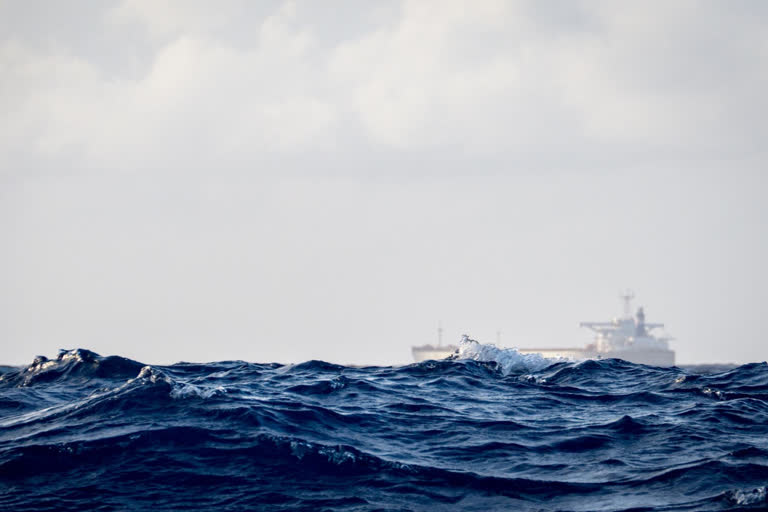Hyderabad: Addressing the Maritime India Summit, 2021, Prime Minister Narendra Modi announced his government’s resolve to emerge India as a leading blue economy. Apparently, his vision perfectly reflects the upcoming opportunities.
The Sagarmala project which envisages the unlocking of India’s potential of waterways and the coastline was first heard of during Vajpayee’s tenure as Prime Minister. However, the proposal was left by the wayside during UPA’s stint.
Modi regime revived the Sagarmala project over six years ago. At that time the aim was to establish Coastal Economic Zones by modernizing ports, building world-class major ports and interlinking all of them.
Read:| Protests intensify among fishing communities against Centre’s Blue economy policy draft
As the development objectives have turned upside down due to the collapse of all sectors under the impact of the Covid pandemic, the government chose to formulate a new draft titled “Maritime Vision 2030” with some timely changes.
India’s maritime history dates back to several thousands of years. It had several historic ports that flourished as major commercial centres. Along a coastal area spanning 7,500 kilometres, India has 12 major ports and more than 200 notified minor and intermediate ports. Through these ports, India transports goods weighing 140 crore tons.
The Prime Minister says that his government is committed to bolstering the country’s natural oceanic strength by developing waterways, seaplane services and promotion of tourism at ports and lighthouses. While stating that by the year 2035, Rs 6 lakh crore will be spent for the strengthening of major ports, the Prime Minister has also sought domestic and international investments for the purpose.
As declared earlier, if the government manages to develop major ports into industrial centres by interlinking the ports in West Bengal, Odisha, Andhra Pradesh, Tamil Nadu, Kerala, Karnataka, Maharashtra and Gujarat, all those places will become flourishing centres of the blue economy.
Read:| 'Andhra aims for 10% share in India's overall exports'
Seaports are vital for ocean transport based trade and commerce between different countries.
Ports are contributing to the steady development of several countries. China is the best example of the planned development of the port-based economy. The country’s economic strategy as part of which China developed industrial clusters close to ports gave excellent results. It also contributed to the development of the surrounding local area.
Modern history stands testimony to the fact that the foresight with which countries like the US, Japan and others developed their oceanic infrastructure helped them attain greater development.
Several European countries are known for their developed internal waterways. India has internal waterways to an extent of 14,500 kilometres. Yet just a minor portion of them are recognized as national waterways. Kerala is the only state that has been earning considerable income by exploring its internal waterways.
Read:| Hopeful membership of INSTC project will be expanded: Jaishankar
Globally, India’s share in the export of fisheries is still pegged at 8 per cent. There is great scope to improve it further.
Transport on waterways costs just one-fifth of the costs involved in road transport.
Hence its development is vital. Equally important is the development of ports which create lakhs of job opportunities. The linking of ports with rail and roadways is very important.
Read:| PM says $82 bn being invested in ports, invites global firms to be part of India's growth trajectory



